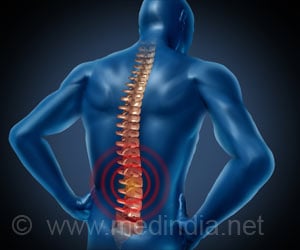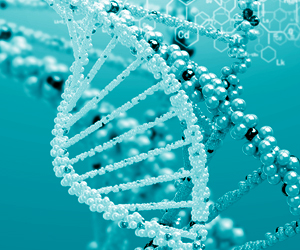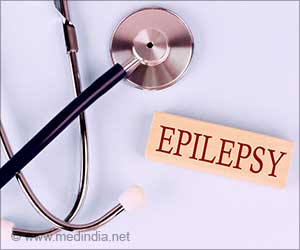Scientists at Cincinnati Children's Hospital Medical Center have moved a step closer to coaxing stem cells into pancreatic cells as a possible cure for type1 diabetes by identifying a master regulator gene for early embryonic development of the pancreas and other organs.
Writing about their findings in the journal Developmental Cell, the researchers have revealed that besides having important implications in diabetes research, the study offers new insights into congenital birth defects involving the pancreas and biliary system, by concluding that both organs share a common cellular ancestry in the early mouse embryo.The researchers say that this finding reverses a long-standing belief that the biliary system's origin is connected to early embryonic formation of the liver.
The pancreas regulates digestion and blood sugar, and the biliary system is vital for digestion. If the organs do not form properly during foetal development, it can be fatal.
During the study, the researchers observed that a gene called Sox17-a transcription factor that controls which genes are turned on or off in a cell-is the key regulator for giving instruction to cells in early mouse embryos to become either a pancreatic cell or part of the biliary system.
"We show that Sox17 acts like a toggle or binary switch that sets off a cascade of genetic events. In normal embryonic development, when you have an undecided cell, if Sox17 goes one way the cell becomes part of the biliary system. If it goes the other way, the cell becomes part of the pancreas," says senior investigator Dr. James Wells, a researcher in the Division of Developmental Biology at Cincinnati Children's and associate professor of pediatrics at the University of Cincinnati College of Medicine.
He says that the finding advances ongoing research by his team to guide embryonic stem cells to become pancreatic beta cells, which may one day be used to treat or cure type1 diabetes.
Advertisement
"With this study showing us that turning one gene on or off in a mouse embryo instructs a cell to become pancreatic or biliary, now we'll see if that same gene, Sox17, can be used to direct an embryonic stem cell to become a biliary cell instead of a pancreatic cell.
Advertisement
He and his colleagues are also using data from the current study to conduct experiments that should reveal what other genes are turned on or off along molecular cascade set into motion by Sox17.
Source-ANI
RAS















